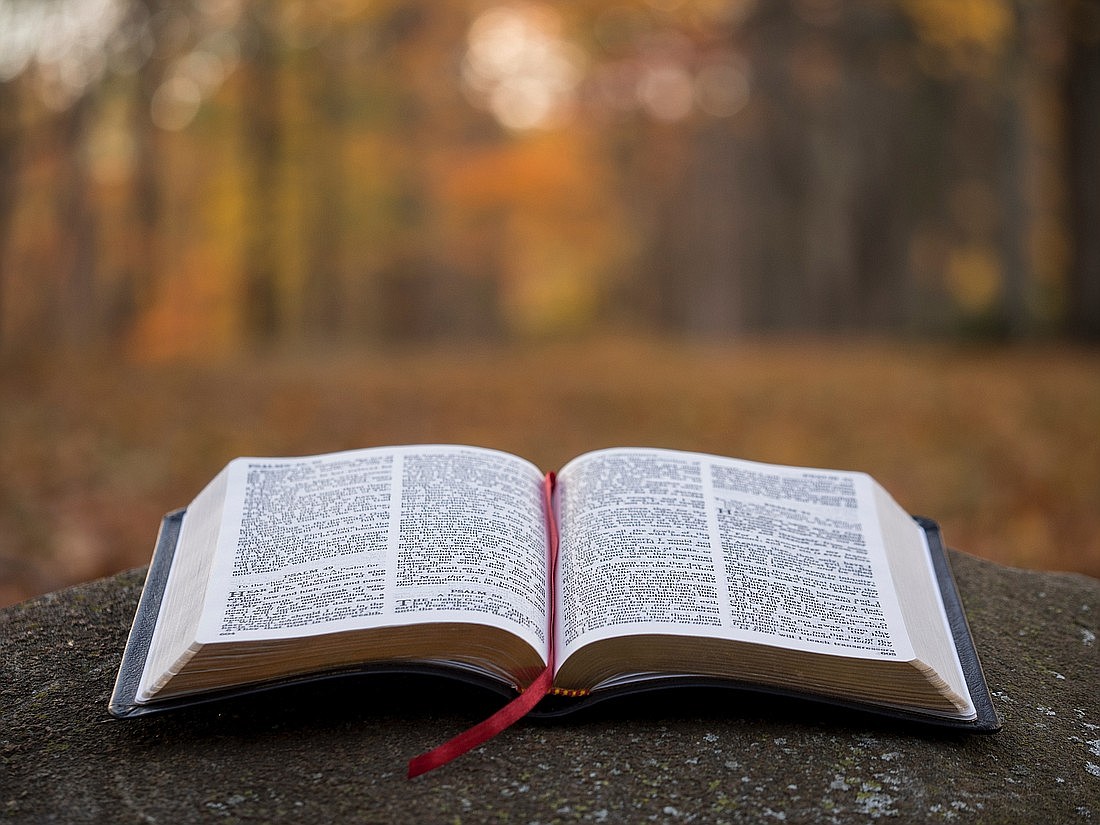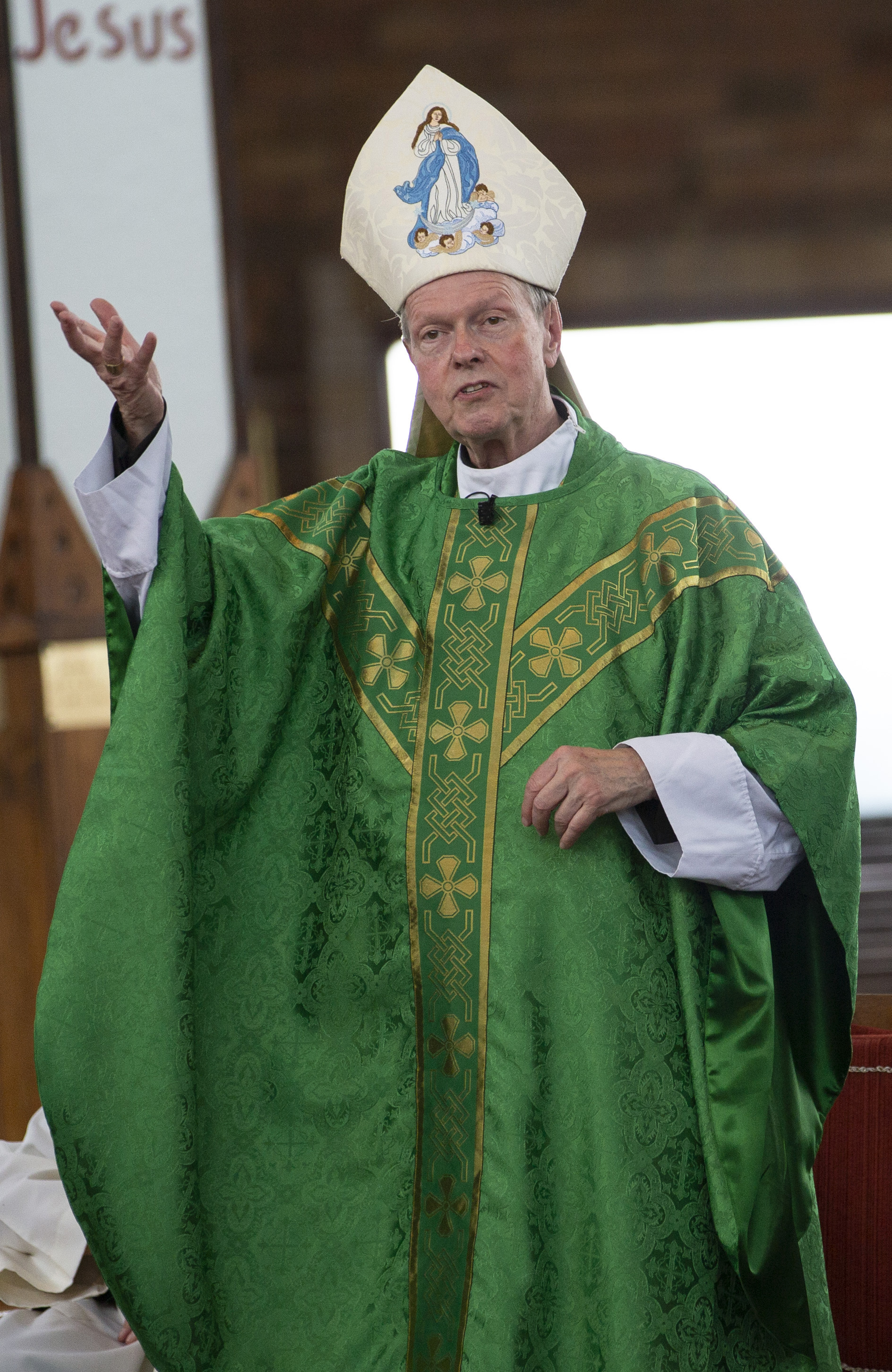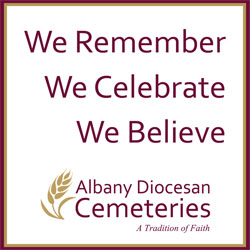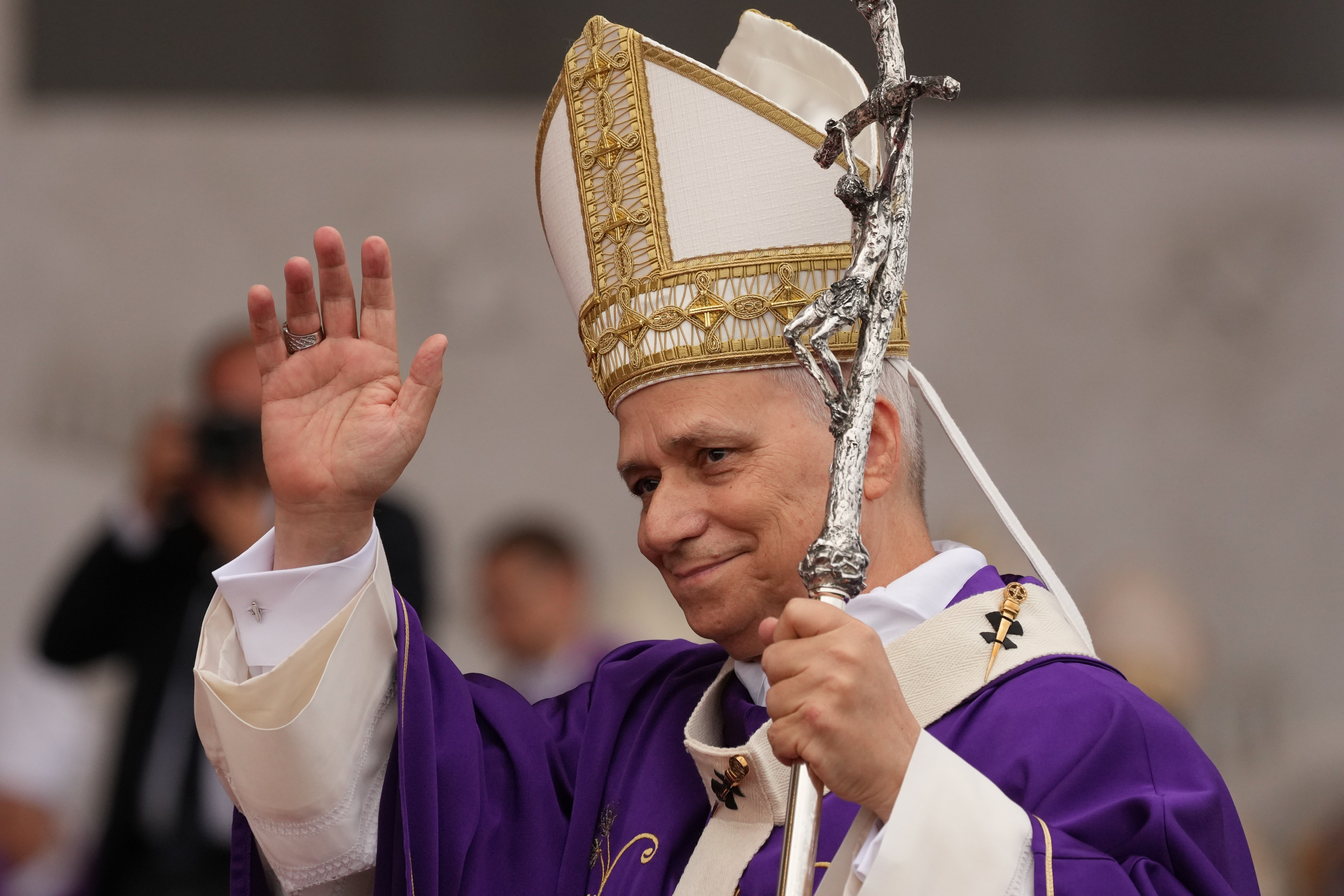May 21, 2024 at 2:52 p.m.
The mystery of the Trinity
This weekend we celebrate the Solemnity of the Most Holy Trinity. The Catechism of the Catholic Church reminds us that the Trinity is at the “central mystery of our faith” (n. 234). Our readings and prayers at Mass provide some snapshots and images of this great mystery of who God is and what God does.
“Has any other people heard the voice of God speaking out of fire, as you have, and lived?” — Deuteronomy 4:33
The Trinity is indeed so hard to understand. How can there be one God, yet three persons at the same time? After all, we do not believe in three gods, but then neither do we believe in some sort of one, divine pie, cut up into three pieces!
We are often reduced to saying that the Trinity is a “mystery” and leave it at that. It is, of course, true that the Trinity is a mystery, but that word “mystery” actually means something or someone known and yet unknown at the same time (rather like people who we know and love and yet we can never fully understand). So, why is this mystery so important, and what can we say about the Trinity?
The Trinity is ever-present in our lives and in our prayers. What is the first prayer that we learn? It is the sign of the cross, which is really a prayer to the Trinity: “In the name of the Father, and of the Son and of the Holy Spirit …” Listen carefully to our prayers at Mass and you will hear how they are addressed to the Trinity. We often begin those prayers by speaking to the Father (“God”) and finish off with “through our Lord Jesus Christ who lives and reigns with you in the unity of the Holy Spirit …” We baptize someone “in the name of the Father and of the Son and of the Holy Spirit,” following Jesus’ command given in the Gospel on Sunday (Matthew 28:16-20). During the Eucharistic prayer, we ask the Father to send down the Holy Spirit so that the bread and wine may become the Body and Blood of Jesus. In other words, the Trinity is at the very heart of all our prayers and of the sacraments.
Some spiritual writers have used everyday things or analogies to help our understanding. These analogies are not perfect, but they do help us a little. St. Patrick, of course, used the shamrock: three leaves yet making one leaf. Another image is that of water: one substance yet it exists as steam, liquid or ice. Perhaps the best way to see the Trinity is as a community of love and a relationship of love. So, the Trinity is not a thing, or some sort of theological puzzle but a real, active, ever-loving, ever-present and personal communion and relationship between Father, Son and Spirit. There is only one God and yet there are three, real persons: a unity and yet a diversity.
We can see this unity, yet diversity, in the missions and work of each person of the Trinity. After all, the names that we have for the three persons are relational names: “Father,” “Son,” and “Spirit.” What is more, God is love and love is always dynamic and outgoing. The names are therefore also active and dynamic. They are not just nouns or naming words, but they are also verbs or words of action. So, for example, the Father is creator, the Son is redeemer, and the Holy Spirit is sanctifier. Each person has their distinct role and mission and yet they always act as one because they are perfectly one.
Well, perhaps we still feel mystified by the mystery! What is important in the end is … the one God, who is Father, Son and Holy Spirit, invites us into this communion of life and love, into this relationship and into this mission. The Trinity then, is perhaps not so much about knowing something about the very mystery of God, but rather of being with God and above all of God being with us. St. Paul puts it beautifully in our Second Reading (Romans 8:14-17): “We have received a spirit of adoption … we are children of God … heirs of God and joint heirs with Christ.” It is like being invited into a family; to be part of a relationship and a community. The famous icon of the Trinity by the great icon painter Rublev makes this clear. The table is set with the three persons around it, but there is also an open place for another. That is for all of us. Through prayer, through the sacraments, through acts of love and in many other ways, may we be drawn into the very life of God, the Most Holy Trinity.
- ‘Joy Within His House’: An inside look into the life of cloistered nuns
- Avatar: Fire and Ash
- Washington Roundup: Trump suspends green card lottery; health care subsidies set to expire
- Catholic actor finds Christmas joy in helping US charity
- Trending: A (young) revival in the faith?
- Upcoming symposium gives nod to St. John Paul II’s ‘Letter to Women’
- Experts offer strategies for connection during Christmas amid US ‘epidemic’ of loneliness
- A new rider at the helm: Bishop Richard Moth named archbishop of Westminster
- Cardinal Pizzaballa visits Gaza City’s Holy Family Parish before Christmas
- Daughter of Jimmy Lai: Don’t let my father become a martyr for truth and for freedom








Comments:
You must login to comment.